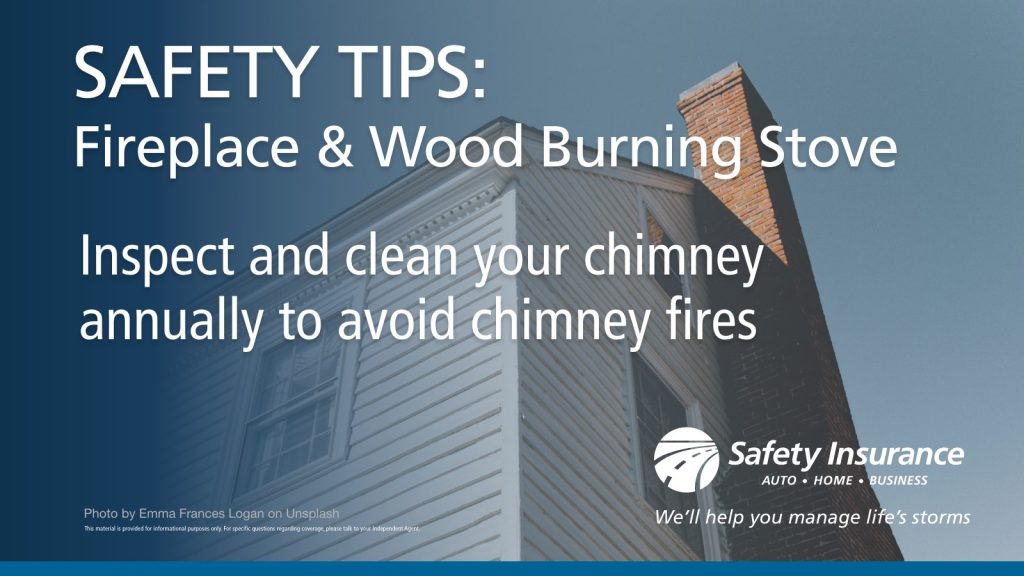
Keep Your Home Warm and Safe
Woodstoves are a cozy, efficient way to heat your home, especially during the colder months. However, like any heating appliance, they come with potential hazards if not used and maintained properly. By following a few essential safety tips, you can enjoy the warmth and comfort of your woodstove while keeping your home and loved ones safe.
1. Proper Installation
Ensure your woodstove is installed by a professional who follows local building codes and safety standards. This includes proper clearance from walls, furniture, and other combustibles, as well as a well-functioning chimney or flue system. A certified installer can ensure the stove is set up for maximum efficiency and safety.
2. Use the Right Wood
Only burn dry, seasoned wood in your stove. Wet or green wood creates more smoke, which can lead to creosote buildup in the chimney and increase the risk of a chimney fire. Dry wood burns hotter and cleaner, providing better heat and reducing emissions.
3. Maintain Your Chimney
Regularly clean your chimney at least once a year, or more often if you burn a lot of wood. Creosote buildup can cause dangerous chimney fires. Hire a certified chimney sweep to inspect and clean your chimney to ensure it’s clear of obstructions and buildup.
4. Never Overload the Stove
It can be tempting to load your woodstove up with as much wood as possible, but overloading can create excessive heat and increase the risk of a fire. Always follow the manufacturer’s recommended guidelines for wood loading and ventilation to maintain a safe, controlled burn.
5. Keep Combustibles Away
Keep anything flammable—such as newspapers, kindling, or firewood—at least three feet away from the stove. This includes furniture, rugs, and drapes. A fire can quickly spread if nearby items catch flame.
6. Install a Carbon Monoxide Detector
Woodstoves produce carbon monoxide, a dangerous, odorless gas. Install a carbon monoxide detector near your stove and in sleeping areas to alert you in case of a buildup. Test the detector regularly and replace the batteries at least once a year.
7. Use Stove Tools Safely
When handling burning logs, use long-handled tools such as tongs, pokers, and ash shovels. Always wear heat-resistant gloves when adding wood or adjusting the fire. Never leave burning embers unattended, especially if you have pets or young children in the home.
8. Properly Dispose of Ashes
Ashes should be removed from the stove regularly but only when the fire is completely out. Store ashes in a metal container with a tight-fitting lid and place it outside away from the house, deck, or other structures. Ashes can remain hot for several days and pose a fire hazard if not handled properly.
9. Supervise Children and Pets
Always supervise children and pets when the stove is in use. A woodstove can become dangerously hot to the touch, so keep them at a safe distance. Consider installing a protective screen or guard around the stove to prevent accidental burns.
10. Know How to Put Out a Fire
In the event of an emergency or if you need to put out a fire, always have a fire extinguisher nearby. Learn how to use it and make sure everyone in the household is familiar with fire safety protocols.
By following these woodstove safety tips, you can enjoy the comfort of a warm home while minimizing the risks associated with heating with wood. Regular maintenance, careful operation, and attention to safety can help ensure that your woodstove provides reliable, efficient heat throughout the winter months.
